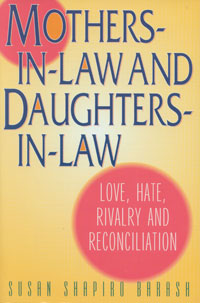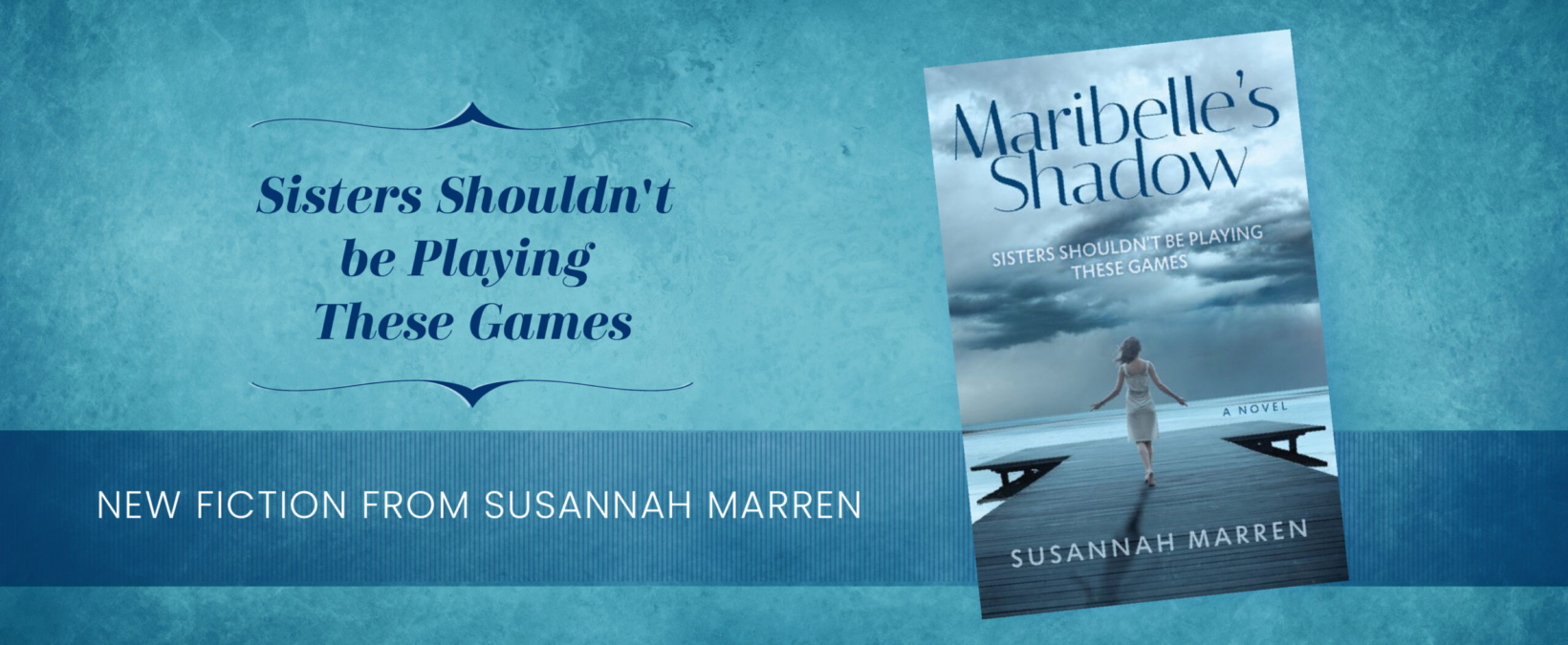 Whether you are the long or short-term mother-in-law or daughter-in-law, newly engaged, or even the son/husband trapped in between, there is an opportunity to gain insight into this complex union. Barash gives you the tools for a better understanding of the dynamics, insecurities, generational jealousies, child rearing dilemmas, and power struggles.
Whether you are the long or short-term mother-in-law or daughter-in-law, newly engaged, or even the son/husband trapped in between, there is an opportunity to gain insight into this complex union. Barash gives you the tools for a better understanding of the dynamics, insecurities, generational jealousies, child rearing dilemmas, and power struggles.
MOTHERS-IN-LAW AND DAUGHTERS-IN-LAW FACT SHEET
PENTHERAPHOBIA – a morbid, irrational fear of or adversion to mothers-in-law (About.com)
- 60% of all marriages suffer from tensions with mothers-in-law, normally between daughters-in-law and their husbands’ mothers. (Utah State University)
- 10% of mothers-in-law admit to hating their daughters-in-law. (University of Cambridge)
- 750,000 marriages take place each summer in the United States, creating an increasing amount of mother-in-law and daughter-in-law interactions. (National Center for Health Statistics)
- 56% of the population consists of married adults. Of this group, half are mothers-in-law and half are daughters-in-law. (U.S. Census Bureau)
- 55% of daughters-in-law describe their relationships with their mothers-in-law as “strained”, “uncomfortable” and “infuriating”. (University of Cambridge)
- 66% of women reported they liked their mothers-in-law before their marriage. Yet, in the same survey, only 34% of women admitted they liked their mothers-in-law after their marriage. (Daughters-in-law Help Page)
- 14% of women like their mothers-in-law better than their own mothers, compared with 86% who prefer their own mothers. (Women.com)
- 5 million married couples are interracial. In fact, interracial marriages have doubled in America since 1980, creating a potential for culture clashes and disagreements between mothers-in-law and daughters-in-law. (U.S. Census Bureau)
- Some bridges do establish happy relationships with their husbands’ mothers and even become good friends, despite the clichés to the contrary. (Bride’s Magazine)
- 15% of mothers-in-law regard their daughters-in-law as “precious friends” or as good as daughters”. (University of Cambridge)
- Both spouses report higher levels of satisfaction and adjustment in their marriages when the husband is free from excessive guilt, anxiety, responsibility, mistrust, inhibition, resentment and anger in relation to his mother. (American Psychological Association)
- Wives’ adjustment to marriage seems to depend on how well the husbands separated from their parents, whereas husbands’ adjustment to marriage depends on how well both spouses separated from their parents’ influence. (American Psychological Association)
- Average women are predicted to live until the age of 79 and men to the age of 73. Therefore, the mother-in-law/daughter-in-law relationship could span over fifty years.
BUY THE BOOK: amazon.com | Barnes & Noble | IndieBound.org
PRAISE
“Very candid. Readers will feel as if they know the women in this book personally. Beneficial for a mother-in-law, a daughter-in-law and even the son/husband.
— Bride Again
“Barash reminds readers…even the worst relationship can be healed.”
— Newsday
“Women will find Barash’s voice comforting.”
— Library Journal
“A thoughtful account…Barash does a commendable job of presenting an objective view. Readers are given the tools to make the marriage successful.”
— Today’s Librarian
“The author’s lucid reasoning and logical advice are a boon.”
— ForeWord Magazine


